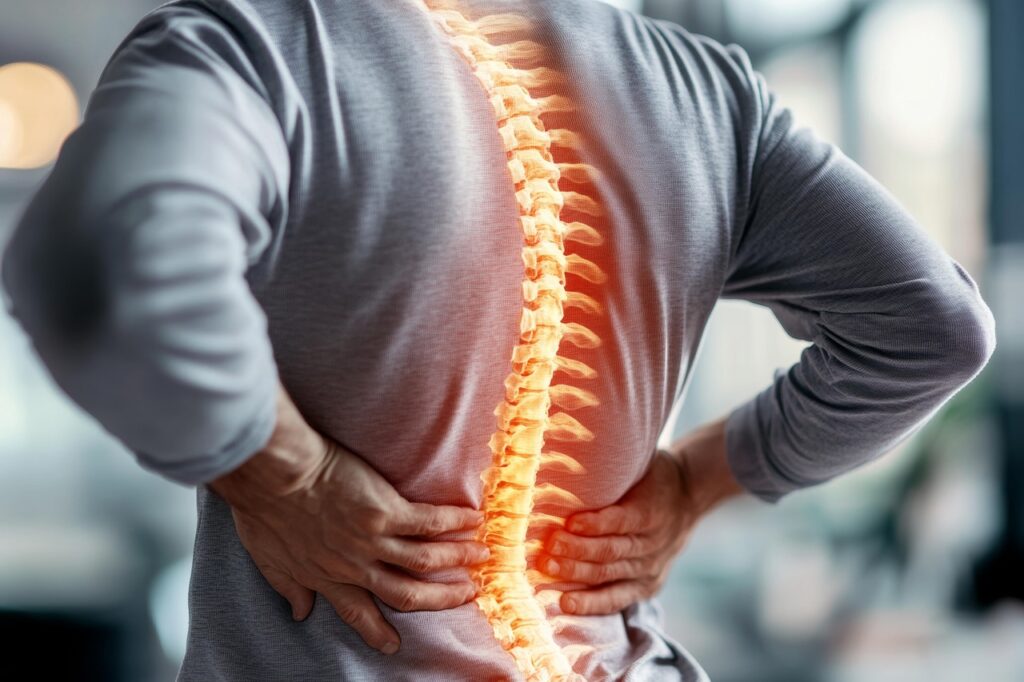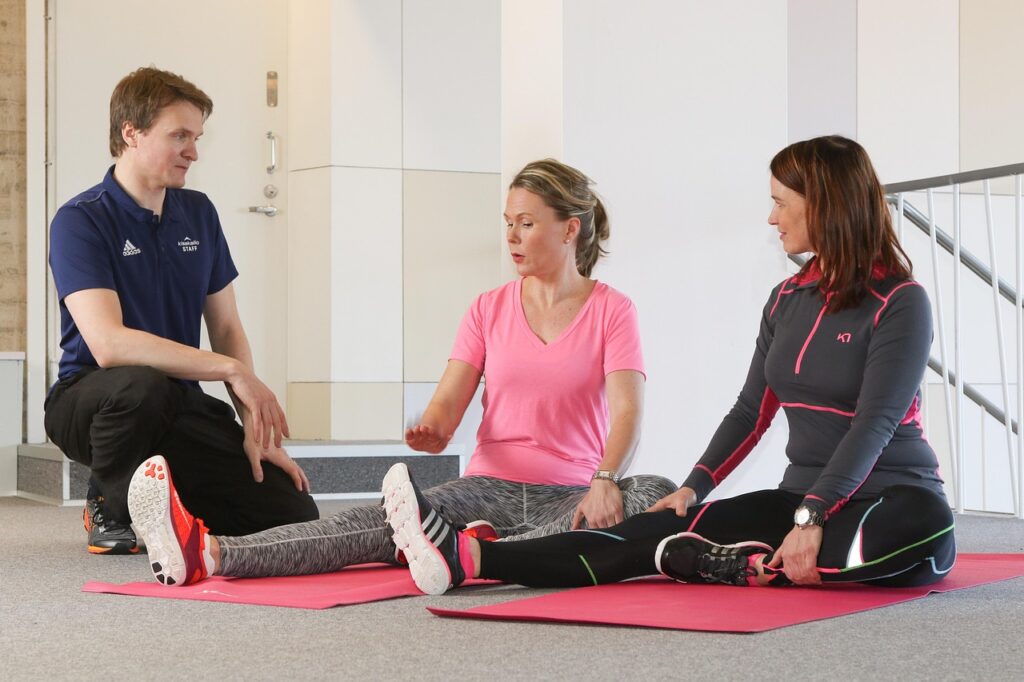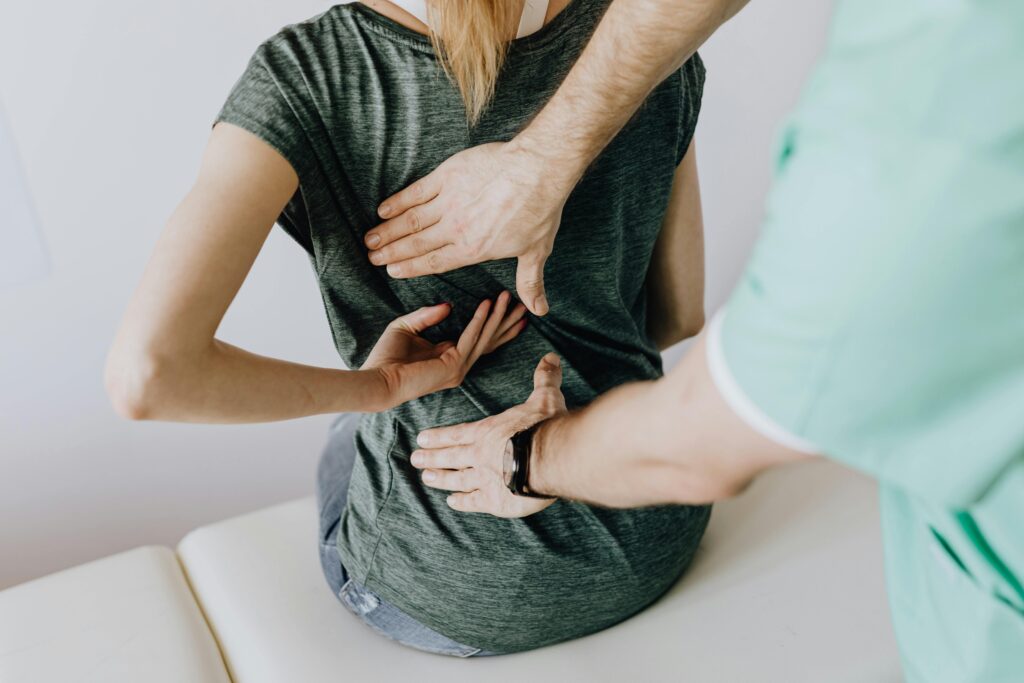Osteoporosis is often called the “silent disease” because it creeps up without obvious symptoms until a bone breaks. By then, it’s already done significant damage. In 2025, with over 10 million Americans living with this condition, spotting the early signs can be a game-changer for your health.
This guide dives deep into the subtle clues your body might be giving you, backed by the latest insights from medical experts and real-world reviews. Let’s talk about how to catch osteoporosis early, why it matters, and what you can do to keep your bones strong.

Imagine your bones as the scaffolding of a house. Over time, if that scaffolding weakens, the whole structure becomes shaky. That’s what osteoporosis does—it makes your bones brittle and prone to fractures. The scary part? You might not notice until a minor fall lands you in the hospital.
According to the Mayo Clinic, fractures from osteoporosis can be life-altering, especially for older adults. Women, particularly post-menopause, and men over 60 are at higher risk, but it can affect anyone. This 2025 guide will walk you through the early warning signs so you can take action before it’s too late.
Why Early Detection Matters?
Catching osteoporosis early can save you from pain, disability, and costly medical bills. The Bone Health & Osteoporosis Foundation estimates that osteoporosis causes 3 million fractures annually in the U.S., costing $25.3 billion by 2025. Early detection lets you start lifestyle changes or treatments to slow bone loss.
A 2024 review from Johns Hopkins Medicine emphasizes that simple steps like exercise and proper nutrition can reduce fracture risk by up to 30%. Plus, knowing the signs empowers you to talk to your doctor before a minor trip turns into a major injury.
7 Subtle Early Signs of Osteoporosis

Osteoporosis doesn’t announce itself with flashing lights. Instead, it whispers through small changes in your body. Here are seven early signs to watch for, based on the latest medical insights and user reviews.
1. Receding Gums (Bone Loss in Jaw)
Your dentist might be the first to spot osteoporosis. Receding gums can signal bone loss in the jaw, a common early sign. A 2023 study from Medical News Today found that women with osteoporosis are three times more likely to lose teeth due to weakened jawbones. If your gums are pulling back or your teeth feel loose, it’s time to check in with your doctor and dentist.
Real-World Tip: Sarah, a 55-year-old from a health forum, noticed her gums receding during a routine dental visit. Her dentist suggested a DEXA scan, which caught early osteopenia. She now takes calcium and vitamin D supplements and hasn’t lost any teeth since.
2. Loss of Height (1+ Inch)
Have you noticed your clothes fitting differently or your posture changing? Losing more than an inch of height could mean vertebral compression fractures, a hallmark of osteoporosis. The NHS reports that spinal fractures can cause height loss and a stooped posture, often unnoticed until it’s significant.
What to Do: Measure your height annually at home or during doctor visits. If you’re shrinking, ask for a DEXA scan to check your spine.
3. Weak Grip Strength
Struggling to open jars or carry groceries? Weak grip strength is linked to low bone density, especially in postmenopausal women. A 2022 study cited by Medical News Today found that reduced hand strength correlates with bone loss in the hands, increasing fall risk.
Quick Test: Try squeezing a stress ball or shaking hands firmly. If your grip feels weaker than before, talk to your doctor about bone health.
4. Back or Neck Pain

Persistent back or neck pain, especially after simple movements like bending or coughing, could point to a spinal fracture. According to a 2024 review from Everyday Health, compression fractures in the spine are a common early sign of osteoporosis, causing long-lasting discomfort.
5. Brittle Fingernails
If your nails are splitting or breaking easily, it might not just be a cosmetic issue. Brittle nails can signal calcium or vitamin D deficiencies, both risk factors for osteoporosis. A 2024 article from New Dawn Health notes that nail health often reflects bone health, especially in women over 50.
Pro Tip: Keep a nail journal. If you notice frequent breakage alongside other signs like back pain, ask your doctor for a nutrient deficiency test.
6. Poor Posture (Dowager’s Hump)
A stooped posture or a noticeable curve in your upper back, known as a dowager’s hump, can result from spinal fractures. The Royal Osteoporosis Society warns that this is a late-early sign, meaning it appears before major fractures but after some bone loss. Yoga and Pilates can help maintain posture, but see a doctor if you notice a hunch.
Real-World Review: A 2024 blog post from a physical therapist described a client who fixed her posture with targeted exercises after an osteopenia diagnosis, avoiding further bone loss.
7. Fractures from Minor Falls or Pressure
Breaking a bone from a minor fall, bump, or even a sneeze is a red flag. These “fragility fractures” are a direct result of weakened bones. The American Medical Association notes that any low-impact fracture after age 40 warrants an osteoporosis evaluation, regardless of your DEXA score.
Action Step: If you’ve had a recent fracture from a minor incident, don’t brush it off. Request a FRAX assessment and DEXA scan immediately.
Stronger Bones, Healthier You
Preventing osteoporosis starts with lifestyle changes. Regular weight-bearing exercises like walking or strength training can boost bone density by 10-15%, per the ACOG. A diet rich in calcium (700-1,200 mg daily) and vitamin D (600-800 IU) is crucial. Foods like dairy, leafy greens, and fortified cereals are great sources. Quitting smoking and limiting alcohol to 14 units weekly also help. For those at risk, medications like bisphosphonates or hormone therapy can slow bone loss.
Osteopenia vs. Osteoporosis
Osteopenia is like osteoporosis’s warning shot. It means your bone density is lower than normal but not yet at osteoporosis levels (T-score between -1.0 and -2.5). Osteoporosis is diagnosed with a T-score of -2.5 or lower. Not everyone with osteopenia progresses to osteoporosis, but it’s a wake-up call. A 2023 Canadian guideline suggests lifestyle changes and monitoring for osteopenia, while osteoporosis often requires medication.
Key Difference: Osteopenia is reversible with diet and exercise; osteoporosis often needs medical intervention.
How to Confirm Early Signs of Osteoporosis
If you notice any of the signs above, don’t wait for a fracture to act. Here’s how doctors confirm osteoporosis:
DEXA Scan Interpretation
A Dual-Energy X-ray Absorptiometry (DEXA) scan is the gold standard for measuring bone density. It’s painless, takes 5-10 minutes, and uses minimal radiation. Your T-score compares your bone density to a healthy young adult’s. The USPSTF recommends DEXA scans for women 65+ and younger postmenopausal women with risk factors. Men over 70 or with risk factors should also get screened.
What to Expect: You’ll lie on a table while the machine scans your hip, spine, or wrist. Results are ready within days.
FRAX Risk Assessment Tool
The FRAX tool estimates your 10-year fracture risk based on age, sex, weight, and other factors like smoking or family history. It’s often used alongside DEXA results to decide if treatment is needed. A high FRAX score might prompt medication even if your T-score shows osteopenia. Access it online or through your doctor.
Read: Signs of Weak Bones – Check out our detailed guide on recognizing bone weakness and preventive steps.
Calcium Supplements for Early Signs of Osteoporosis
Calcium supplements can help if you’re not getting enough from food. The National Institutes of Health recommends 1,000-1,200 mg daily for adults, paired with 600-800 IU of vitamin D for absorption. A 2023 CMAJ guideline warns against over-supplementation, as it may increase kidney stone risk. Choose calcium citrate for better absorption, especially if you’re on acid-reducing meds.
Top Picks: User reviews on health forums praise Nature Made Calcium with Vitamin D for its affordability and effectiveness. Always consult your doctor before starting supplements.
Read: Best Vitamins for Bone Growth – Our guide covers top nutrients like magnesium and vitamin K for stronger bones.
Frequently Asked Questions
Q: Can osteoporosis be reversed?
A: Early osteopenia can often be reversed with lifestyle changes. Osteoporosis can’t be fully reversed, but treatments can slow progression and reduce fracture risk.
Q: How often should I get a DEXA scan?
A: Every 1-2 years, depending on your risk factors and previous results. Your doctor will guide you.
Q: Are men at risk for osteoporosis?
A: Yes, 1 in 4 men over 65 develop osteoporosis, often due to low testosterone or medications like corticosteroids.
A Word From Vitamins For Woman
At Vitamins For Woman, we’re passionate about empowering you to take charge of your health. Osteoporosis is sneaky, but you can outsmart it with early action. Here’s how to tackle related concerns during menopause and beyond:
What Supplements Tighten Skin?
Collagen peptides, vitamin C, and omega-3s can improve skin elasticity. A 2024 study suggests collagen supplements may reduce sagging in postmenopausal women.
Can I Take Omega-3 for Hormonal Imbalance?
Yes, omega-3s can reduce inflammation and support hormone balance. Aim for 1,000 mg daily from fish oil or algae-based supplements.
The 4 Best Vitamins for Skin Radiance
Vitamin C, E, biotin, and zinc promote glowing skin. Look for a multivitamin tailored for women over 50.
Histamine Intolerance and Menopause
Hormonal changes can worsen histamine intolerance, causing itching or flushing. A low-histamine diet and DAO enzyme supplements may help.
Menopause and Body Odor: Why It Happens & How to Manage It
Estrogen dips can alter sweat glands, leading to stronger odors. Use natural deodorants and stay hydrated to manage it.
Menopause Vitamins
A combo of calcium, vitamin D, magnesium, and B vitamins supports bone health and eases menopause symptoms.
Menopause and Sex Drive: Why It Changes + 10 Ways to Rekindle Desire
Low estrogen can dampen libido. Try mindfulness, exercise, and supplements like maca root to boost desire.
Menopause and Heart Palpitations: Causes and 7 Proven Remedies
Hormonal fluctuations can trigger palpitations. Magnesium, deep breathing, and stress management can calm your heart.
Menopause and Cognitive Decline: Why Your Brain Feels Foggy & How to Fix It
Estrogen loss affects memory. Omega-3s, ginkgo biloba, and brain games can sharpen your mind.
Menopause Night Sweats Remedies
Cool bedding, black cohosh, and avoiding spicy foods can reduce night sweats.
Menopause Anxiety Relief
Ashwagandha, CBT, and regular exercise can ease anxiety during menopause.
